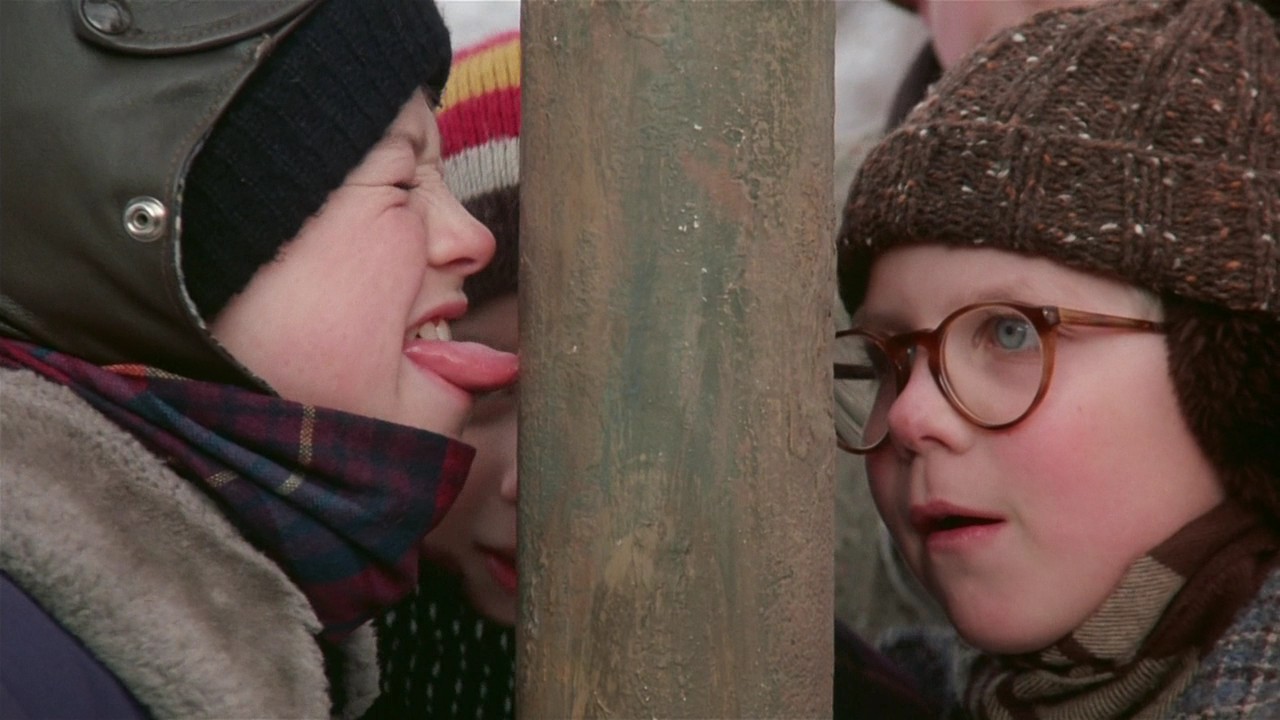Published March 3, 2011
A Hubbub explainer

Jose Meledes was all bundled up walking by the Public Garden in this 2004 file photo. (Chitose Suzuki/AP)
Unless you’re living under a rock — actually, even if you’re living under a rock — you know how cold it is. While the temps reached the balmy teens this morning, the wind chill was 10 below zero. So cold my fillings were throbbing.
I realized I don’t totally understand wind chill, so I called a couple of meteorologists: Glenn Field, a National Weather Service meteorologist in Taunton; and Henry Margusity, an AccuWeather meteorologist in State College, Penn., who hosts the Meteorological Madness blog.
____
What is wind chill?
The Wind Chill Factor measures the apparent temperature — that is, what it feels like outside, not what the mercury on the thermometer shows. Wind takes heat away from the body.
Put another way, Field says: “It’s a relative scale of how long it takes to achieve frostbite.”
How is wind chill measured?
Depends who you ask. For decades, government agencies and TV stations used the standard developed by the National Weather Service. Years ago, AccuWeather invented its own, competing index: the “RealFeel” temperature.
Field, at the NWS, said wind chill is measured by a combination of science and computer modeling:
“It calculates the wind speed at an average height of five feet, which is the typical height of an adult human face, and it’s actually based on something called the Human Face Model. It incorporates all kinds of complicated things like heat transfer theory, the heat loss from the body, and it’s at a walking speed of about three miles an hour.”
[pullquote]If the actual temperature were -15, a wind speed of 10 MPH would produce a wind chill of -35. It would take 30 minutes of unprotected exposure to lead to frostbite.[/pullquote]
For example, if the actual temperature were 15 below zero, a wind speed of only 10 miles per hour would produce a wind chill of 35 below zero. That means it would take only about 30 minutes of unprotected exposure to lead to frostbite.
With 20 MPH winds at the same temperature, wind chill would fall to 42 below 0. In that scenario, a person can get frostbite after only 10 minutes of exposure. Keep this in mind if you walk to work with part of your face exposed.
Over at AccuWeather, Margusity says the RealFeel index takes into account other conditions that yield a more realistic number for humans. AccuWeather takes into account sunshine and humidity, among other factors.

Don't do this. (Christmas Tree Films)
Field says the NWS overhauled the wind chill index about eight years ago. “You may recall some wind chill indices of 40 below, 50 below a long time ago,” Field says. “New research showed that that was overdone.”
When does the government issue wind chill advisories and warnings?
The NWS issues an advisory if the wind chill is expected to be 15-24 below zero. A warning is triggered if the wind chill is expected to be 25 below zero or colder.
How do I recognize frostbite?
Sometimes you wonder whether you have frostbite or you’re just really cold. Field says these are the tell-tale frostbite symptoms:
- Loss of feeling in fingers, toes, ear lobes, nose
- Pale appearance
- Blue coloring
Prolonged frostbite turns into hypothermia, which is life-threatening. The symptoms of hypothermia are:
- Uncontrollable shivering
- Memory loss
- Disorientation
- Exhaustion
- Incoherence
- Body temperature of 95 degrees or less
How do I help someone with hypothermia?
If someone has hypothermia, resist your instinct to warm up the person quickly. Cold blood could flow to the heart and cause heart failure.
- Call 911.
- Warm up the person slowly, starting with the body’s core.
- Get the person in dry clothing.
- Cover the head and neck with a warm blanket.
- Do not provide hot beverages or food. Start with warm broth.
Does wind chill affect cars, machines, pipes?
No. Your pipes are no more likely to freeze, your car no less likely to start, if the wind chill is cold.
What is the grammatically correct way to refer to wind chill?
Wow, you’re getting nerdy. Since you asked, I recall Washington Post copy editor Bill Walsh griping about people who incorrectly say “5 degrees, or minus-25 with wind chill” when they should be saying, simply, “minus-25 wind chill” — no “with.”
So, NWS meteorologist Glenn Field, how do you say it?
“Oh, wow. Well, I would say the actual temperature is 7 below 0, with a wind chill of 20 below zero.”
There you have it.











